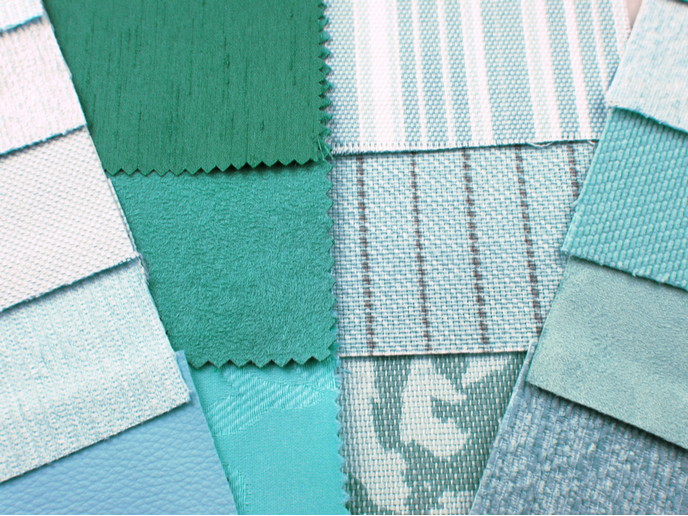Strategies for textile collections that inspire designers
Fashion designers get their inspiration from a number of sources. One important source is textile and clothing archives. Unfortunately, deindustrialisation and the absence of a culture of conservation in the textile industry have resulted in the loss of a huge number of such archives. Compounding this problem, what material is available is generally not easily accessible and remains largely unexploited. The digitalisation and preservation of textile archives has been one of the areas of activity of the EU-funded TCBL project. TCBL’s Digital Heritage business pilot, carried out together with the Municipality of Prato in Tuscany, Italy, demonstrated how appropriate marketing and communication strategies could enhance the value of companies’ textile collections. Why Prato? Prato’s history in textiles goes back to the 12th century. Today, the textile industry is still an important part of the district’s economy, and Prato remains a leader in Europe in the production of yarns and fabrics for the fashion industry. As part of the Digital Heritage pilot, 10 companies in Prato were selected to explore potential heritage-based innovations and creative processes. These included the creative reinterpretation of textile heritage, as well as new marketing strategies to enhance the market appeal of textile collections. Another innovative tool at the companies’ disposal was archive digitisation. This was made possible through Heritage Manager, a free, open-source software developed by CreativeWear – a complementary EU project taking part in the pilot – to help companies categorise and store their sample books and data sheets digitally. This digitisation transformed previously chaotic collections into a resource that designers and other interested professionals could use as sources of inspiration for new designs. The software’s benefits are demonstrated in the example of Texmoda Tessuti, one of the businesses participating in the pilot. According to Texmoda’s sustainability and communication coordinator Francesca Nardi, the company has “around 400,000 textiles from over 40 years of company history” in its archives. “We were eager to make better use of this resource … not to mention obtain related advantages in marketing, internal organization, and client services,” she explained in a news item posted on ‘The Florentine’ website. Creative input from international designers A key value of the project is the important contribution of different cultures, traditions and opinions. This value was highlighted through the four international residencies that took place as part of the pilot. Four international designers were chosen to work with local businesses in Prato to discuss innovative ways to use their historic archives. In these creative residencies, the designers explored the companies’ archives and shared their inspirations and ideas. TCBL (TCBL – Textile and Clothing Business Labs Transformative Business Models for the Textile Clothing Sector) concludes in June, but its work doesn’t. The TCBL Foundation will assume the mantle and continue in the effort to transform clothing and textile production in Europe. For more information, please see: TCBL project website
Countries
Italy



